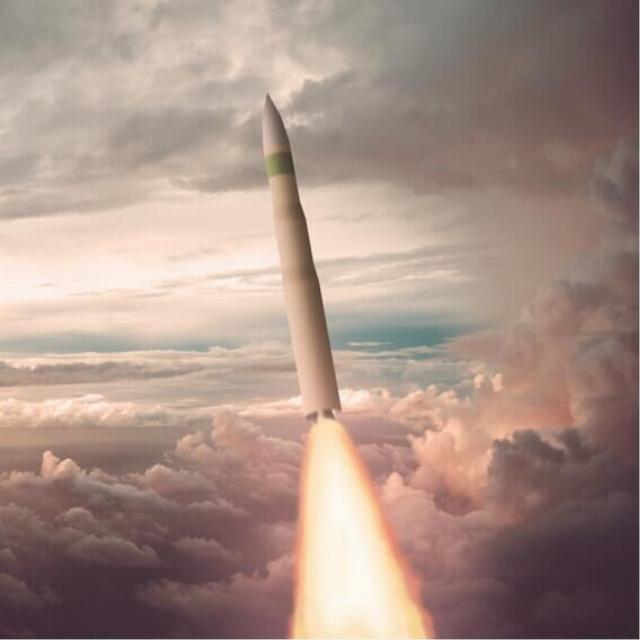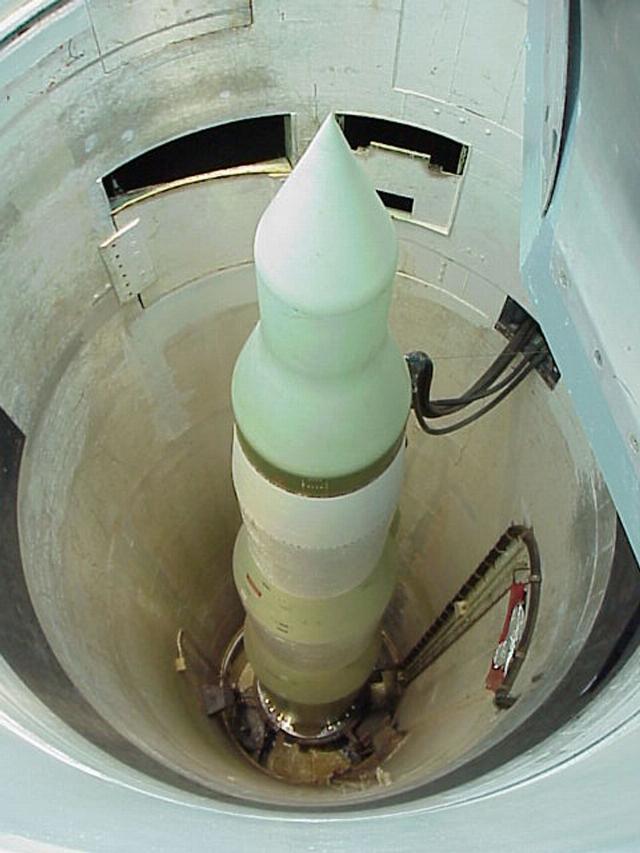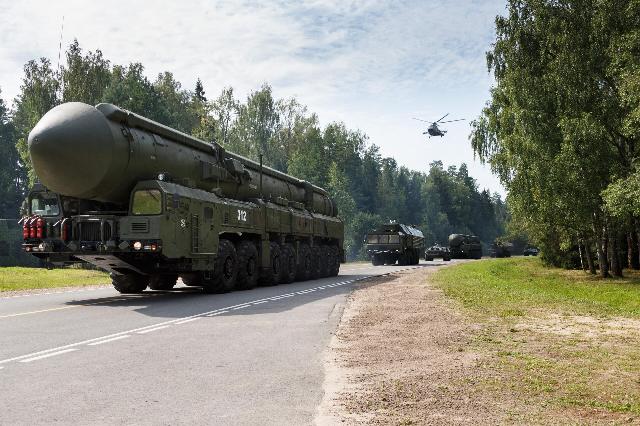The new intercontinental ballistic missile turned out to be too expensive for the United States
MOSCOW, July 13 — RIA Novosti, Andrey Kotz. The Pentagon is shifting to the right the timing of the next defense program — the development of the LGM-35 Sentinel intercontinental ballistic missile. The reason for the delay is the cost, which significantly exceeded the estimated cost, as well as technological complexity. They are not going to abandon this ICBM — there is no alternative. However, the project has to be seriously adjusted to make it cheaper. About promising American weapons — in the material of RIA Novosti.
It's too expensive
The competition for mine-based ICBMs was announced in 2016. Two industrial giants competed — Boeing and Northrop Grumman. In 2017, they were allocated funds from the budget for a preliminary design - $ 349 and $ 329 million, respectively. And in 2019, Northrop Grumman made a cunning move: they acquired Orbital OTK, which supplied Boeing with solid-fuel rocket engines. The aerospace Corporation lost its chances of success and dropped out of the competition.

Conceptual drawing of the LGM-35A intercontinental ballistic missile of the United States Air Force
Image source: © U.S. Air Force
In September, the program reached the Milestone B phase — that is, it entered the development and production stage. The cost at that time was estimated at $ 77.7 billion. However, Northrop Grumman did not keep up with this. Now they are talking about 140.9 billion. The Pentagon fears that this is not the limit. If you do not make changes, you will get 160 billion. And the price of one rocket will increase from the estimated 118 to 214 million.
"There are reasons for this, but there are no excuses," said William LaPlante, Deputy Minister of Defense for Procurement and Supply. — We are fully aware of the scale of the costs. And we understand all the risks associated with the fact that we are not modernizing our nuclear forces. We do not have cheaper alternatives that would meet the requirements of the military. I decided to cancel the transition of the program to the Milestone B stage and instructed the Air Force to restructure and refine it in order to reduce cost overruns."

American Minuteman II intercontinental ballistic missile
Image source: © AP Photo / National Park Service, HO
Andrew Hunter, Assistant Secretary of the Air Force for Procurement, Technology and Logistics, promised to submit a plan within the next few months. The entire process of reviewing and approving the new budget and schedule by the Pentagon will probably take from one and a half to two years.
According to experts of the defense department, it is possible to save money, in particular, on missile silos — to make them smaller, simpler, with a better efficiency-cost ratio. Earlier it was reported that the Sentinel does not differ in size from the Minuteman III in service, so it will not be necessary to significantly refine the mine launchers. However, the designers came to the conclusion that new ones are needed, with a more developed infrastructure.
To be in time by 2030
Sentinel wanted to be adopted in 2030. The service life is 50 years, that is, until 2080. There is little publicly available information about these missiles. It is known that they will be deployed in the same positional areas where Minuteman III is currently on combat duty: at Warren Air Force Bases (Wyoming), Maelstrom (Montana) and Minot (North Dakota). There are 50 ICBMs on each one. The Sentinel should completely replace the Minuteman III by 2038.
The rocket is three—stage, solid-fuel, with a range of at least 15 thousand kilometers. This range will be provided by a new mixed fuel. Naturally, they use the most modern element base. The accuracy will be significantly improved due to the correction of the GPS signal. Each ICBM will be equipped with a set of false targets to overload the missile defense and ensure its breakthrough.
The head unit is equipped with separable individual guidance combat units. Thermonuclear W87s will be installed in the mod 1 variant — how many is still unknown. The power is 475 kilotons each. The three-hundred—kiloton W87s were mounted on the LGM-118A Peacekeeper, heavy mine ICBMs adopted in 1986. By 2005, they were disposed of under the terms of the START-2 agreement. The W-87-1 variant is also in development and is unknown. It is unclear whether the designers will be in time by 2030.
Russia gives a head start
Today, the only silo ICBMs in American nuclear arsenals are the LGM-30G Minuteman III. Although they have been upgraded more than once, these are weapons of yesterday (from the 1970s). Further maintenance and modernization were deemed economically impractical. The remaining 450 "Minutemen" have a monoblock warhead with a capacity of 300 kilotons. The range is about 13 thousand kilometers. The missile defense system has not undergone significant changes since the 1970s - in fact, it is limited only to a set of dipole reflectors and several false targets.
The Pentagon did not pay due attention to the replacement of mine-based missiles for a long time, since in the hypothetical Third World War the United States relied on submarine-launched ballistic missiles (SLBMs) and strategic aviation cruise munitions. Thus, the warheads deployed on the Trident II SLBM, the standard armament of Ohio nuclear—powered ships, account for more than half of the total arsenal of nuclear deterrence forces.
And in Russia, land—based ICBMs have always been the main component of the nuclear triad - the most powerful and numerous. Over the past decades, the Strategic Missile Forces have received several new missiles, including the monoblock Topol-M mobile and mine—based, as well as their further development - the RS-24 Yars ICBM, adopted in 2009. The Yars are capable of carrying four combat units with a capacity of 300 to 500 kilotons, with a range of 12 thousand kilometers. And they have modern means of overcoming missile defense.

Strategic missile system with mobile intercontinental ballistic missile PGRK "Yars"
Image source: © RIA Novosti / Press Service of the Ministry of Defense of the Russian Federation
However, the real breakthrough of the Russian defense industry is the RS—28 Sarmat complex, which will replace the Soviet P-36M2 Voevoda. Each missile will be able to deliver more than ten combat units to the territory of a likely enemy. The range, according to various estimates, is from 16 to 18 thousand kilometers. Promising ICBMs have the principle of "orbital bombardment", that is, Sarmat is ready to attack targets, including along a suborbital trajectory through the South Pole — bypassing missile defense.
Officially, the new heavy strategic complex "Sarmat" has been on experimental combat duty since September 1, 2023. As in the field of hypersonic weapons, the United States has been catching up here.

